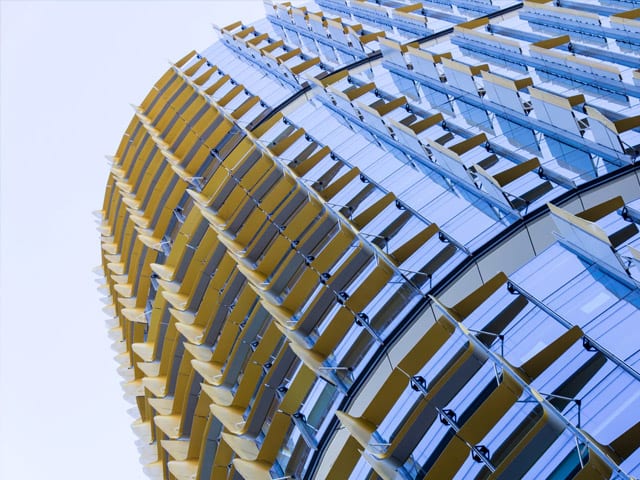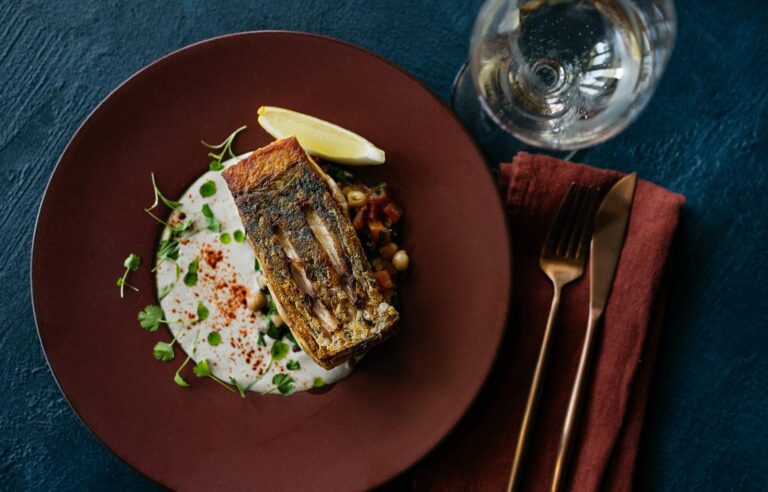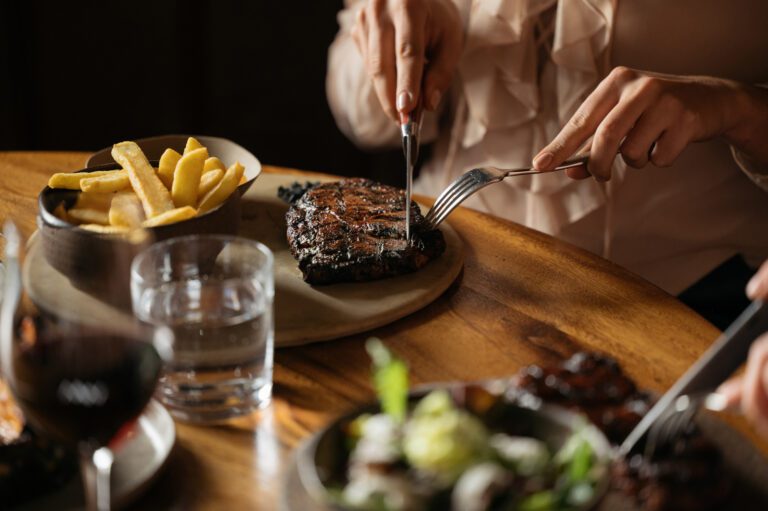It’s one of Sydney’s most popular entertainment hubs and vantage points, but Barangaroo as we know it today is just one small part of the area’s storied history.
We take a trip back through the Barangaroo precinct’s incredible heritage spanning thousands of years, and look at what’s in store for the future.
The history of Barangaroo
The story of Barangaroo stretches back some 6,000 years, when the area was part of the territory of the Gadigal of the Eora Nation, the Traditional Custodians of the Sydney city region. Barangaroo’s proximity to Sydney Harbour made it an ideal spot for fishing and hunting, and the first economic use of the region was by local Eora women, who would catch fish and collect local shellfish in their canoes.
When Aboriginal and European people first came into contact, Governor Arthur Phillip estimated there were about 1,500 Aboriginal people inhabiting Barangaroo and the wider coastal areas of Botany Bay, Port Jackson and Broken Bay.
Soon after the establishment of the colony, the Barangaroo area flourished as a centre for maritime and industrial trades. Throughout the 1800s, the area underwent significant transformation, with wharves and warehouses being constructed and the entire waterfront being used as a bustling working port.
By the 1950s, the use of larger ships and shipping containers made the wharves of East Darling Harbour too small to be used as a modern stevedoring port facility and processing of cargo here quickly declined. However, it wasn’t until 2003 that the NSW government officially closed Sydney Harbour as a working port and moved facilities to Port Botany.
Around the same time, the government designated the site for redevelopment into parklands and commercial space, and Sydney’s premier entertainment district began to take shape. A naming competition was held, and it was decided the site would be named Barangaroo after a Cammeraygal woman who was a leader of her people at the time of European colonisation.
Barangaroo today: Restaurants, bars, entertainment & more
Barangaroo’s recent development has opened up this waterfront precinct to the public for the first time in over 100 years. Today, it is split into three parts: a 6-hectare headland park at the northern end of the site; Barangaroo Central, a 5.2-hectare area reserved as cultural and recreation space; and Barangaroo South, a mixed used development of shops, offices, apartments, and restaurants.
Thanks to its enviable location, it’s no surprise that Barangaroo is now home to a cornucopia of waterfront restaurants, bars and world-class entertainment options. The precinct’s unique position on the edge of Sydney Harbour offers panoramic views of the Sydney Opera House, Harbour Bridge and Port Jackson. The Wulugul Walk in particular gives visitors the chance to take in some of the best sights from a 2km stretch of the Barangaroo foreshore.
Strolling through the streets of Barangaroo South, a mix of Australian retail institutions like David Jones and Peter’s of Kensington, independent boutiques, bookstores, and more offers plenty of options for retail therapy.
When it comes to waterfront dining, there’s perhaps no location in the world with more to offer in the way of world-class cuisine. Restaurants in Barangaroo offer up fresh and innovative flavours from around the globe, to an unparalleled backdrop of beautiful Sydney Harbour. Pro tip: drop in an see us at The Meat & Wine Co on the ground level of International Tower One to enjoy one of the best vantage points in Barangaroo!
Plans for Barangaroo’s future
The development of the Barangaroo precinct is set to be completed in 2024, when it will accommodate more than 23,000 workers and residents, and host thousands of visitors daily. Next on the agenda is the completion of the final public spaces in the southern precinct, including Watermans Cove, Hickson Park and a new public pier. The Wulugul Walk will also be open through Barangaroo Reserve to the CBD, forming part of a 14km Sydney Harbour foreshore pedestrian walkway from Sydney’s Fish Markets to Garden Island.
By 2024, it’s expected that the Sydney Metro will also be complete, providing even more accessibility to Barangaroo’s host of dining and entertainment options.
Visiting The Meat & Wine Co Barangaroo? Book a table online.




/assets/images/ajax-loader.gif)